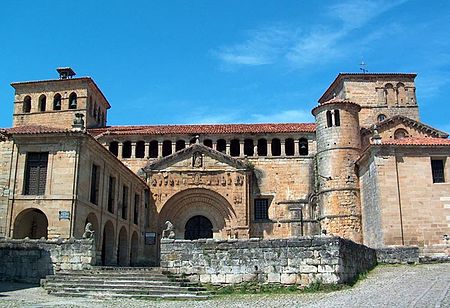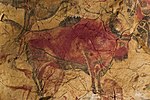Collegiate church and cloister of St Juliana
Bien de Interés Cultural landmarks in CantabriaChurches in CantabriaCollegiate churches in SpainRomanesque architecture in CantabriaSpanish building and structure stubs

The Collegiate church and cloister of Santa Juliana (Spanish: Colegiata y Claustro de Santa Juliana) is a collegiate church located in Santillana del Mar, Spain. The church is dedicated to Juliana of Nicomedia. It is notable as an example of Romanesque architecture
Excerpt from the Wikipedia article Collegiate church and cloister of St Juliana (License: CC BY-SA 3.0, Authors, Images).Collegiate church and cloister of St Juliana
Plaza Abad Francisco Navarro,
Geographical coordinates (GPS) Address External links Nearby Places Show on map
Geographical coordinates (GPS)
| Latitude | Longitude |
|---|---|
| N 43.392217 ° | E -4.106006 ° |
Address
Colegiata de Santillana del Mar
Plaza Abad Francisco Navarro
39330
Cantabria, Spain
Open on Google Maps









